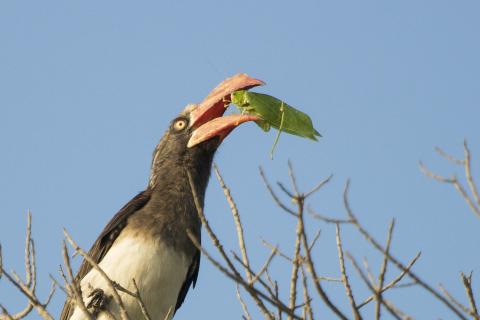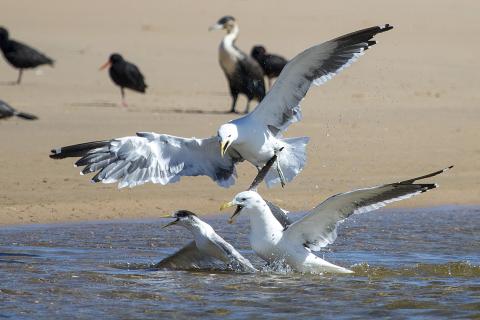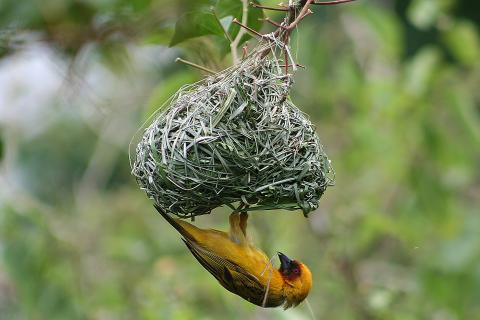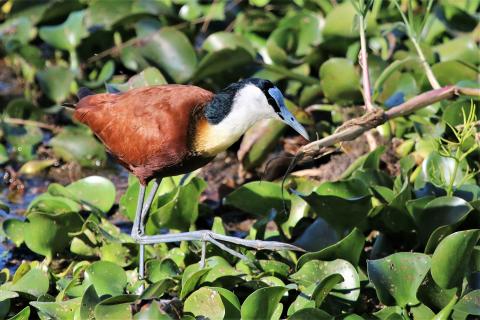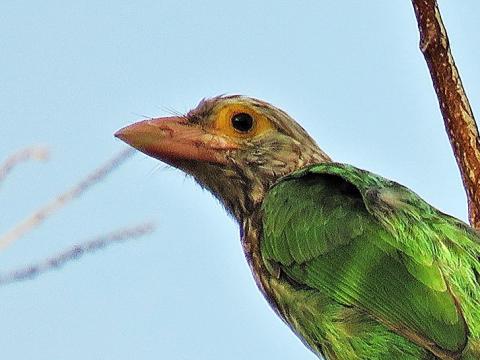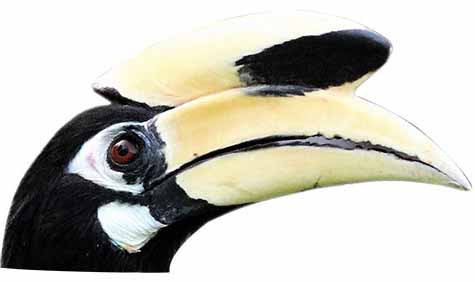 Birds have survived and thrived in a wide range of habitats through adaptations that have evolved over millions of years. This is clearly illustrated in the amazing variety of beaks and feet found in our bird world.
Birds have survived and thrived in a wide range of habitats through adaptations that have evolved over millions of years. This is clearly illustrated in the amazing variety of beaks and feet found in our bird world.
What are beaks and feet for?
Birds' beaks are essential tools. They enable birds to eat. They are also important in mating rituals, nest building and feeding their chicks. Beaks are used for balance and grip, defence and aggression, feather cleaning (explored in the Feathers chapter), and even in some cases help birds keep cool. As we shall see, feet also work in many ways including walking, hopping, wading, swimming and climbing as well as supporting beaks in a variety of tasks.
Tough Keratin
Both beaks and feet are made partly of bone but feet also contain tendons which help movement and are covered with a hard scaly skin. Both beaks and the claws at the end of a bird’s toes are made of a hard substance called keratin. Animal horns, finger nails, hair and fur as well as birds’ feathers are also made of keratin.
